Hey, what’s up? How’s it going? So, I’m not talking about the Nikon ZF for once.
Instead, it’s a bit of a tribute to my everyday carry (EDC) camera, the Sony RX100 Mark VII. This compact camera has been a quiet staple in my setup, and I wanted to give it the attention it deserves.
This is actually the second RX100 I’ve owned. The first was the Mark IV with the f/1.8 24–70mm lens. That one’s been through hell and back – dropped multiple times, repaired, and eventually semi-retired. But then fortune smiled on me. I won an RX100 VII from Sony Australia. (Cheers, Sony. Not sponsored btw. I wish.)
I was stoked about this camera mainly because of two things: the improved autofocus and, more importantly, the mic input jack. Having the ability to plug in an external mic (lav or shotgun) made it a real contender for quick vlogging or discreet shooting. Sure, it has an f/2.8 lens, which isn’t ideal for low-light situations, but the 24–200mm equivalent reach and fast burst mode really upped its versatility.
And that brings me to the point of this article – bootleg concert photography. The RX100 VII has become my go-to stealth cam for shooting live shows, especially when bigger gear would get flagged at the door. At a recent Roots concert, for instance, there was no way I’d be allowed in with a full-frame setup. But the RX100? No one bats an eye.

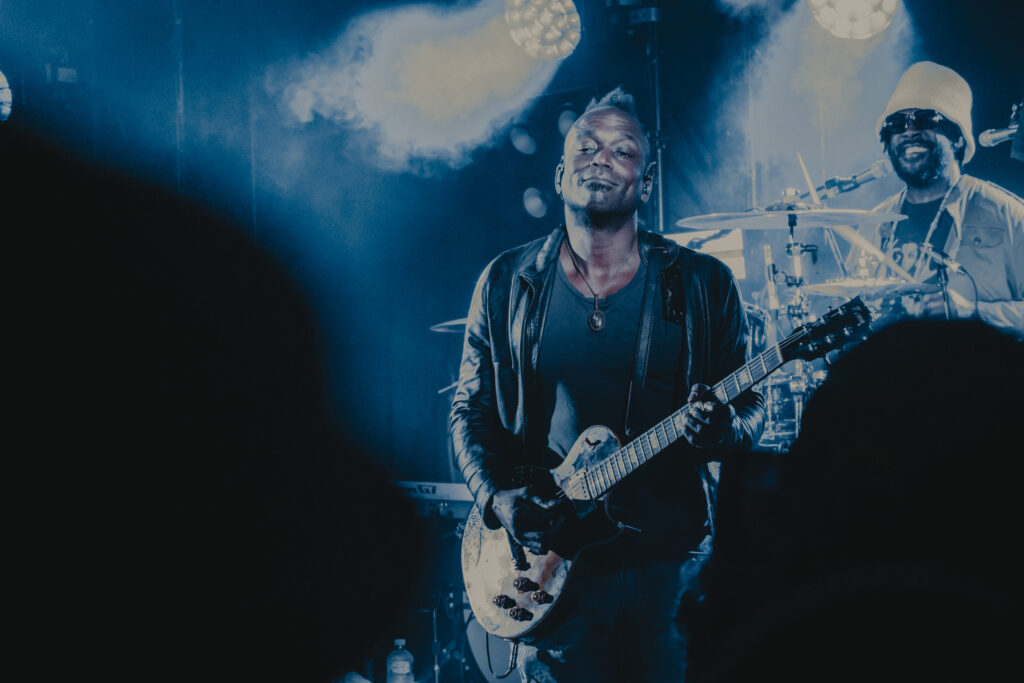
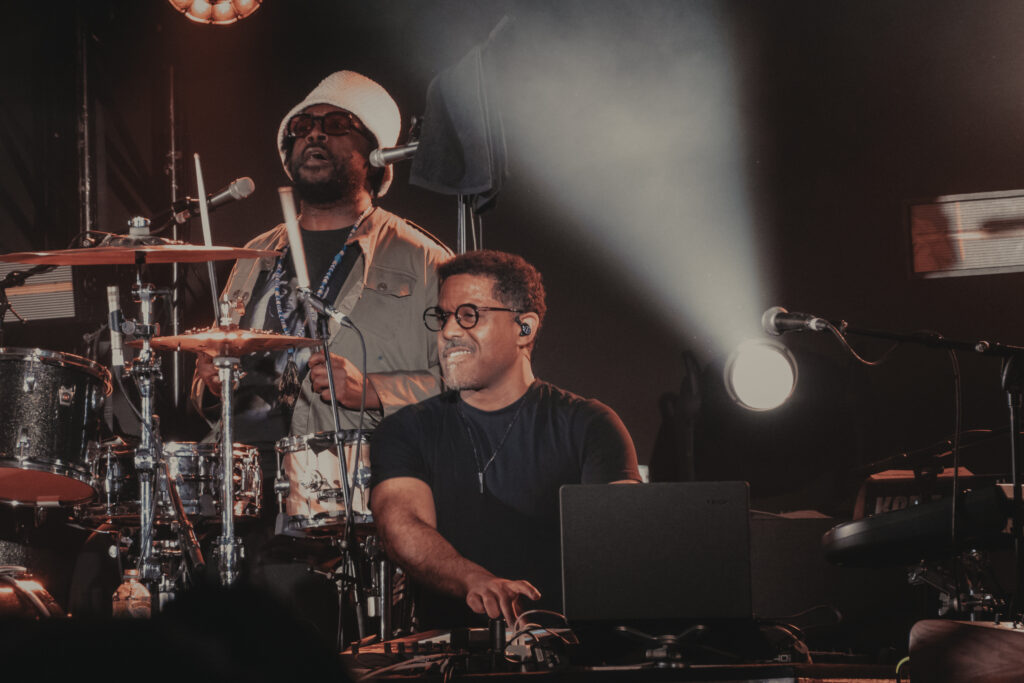
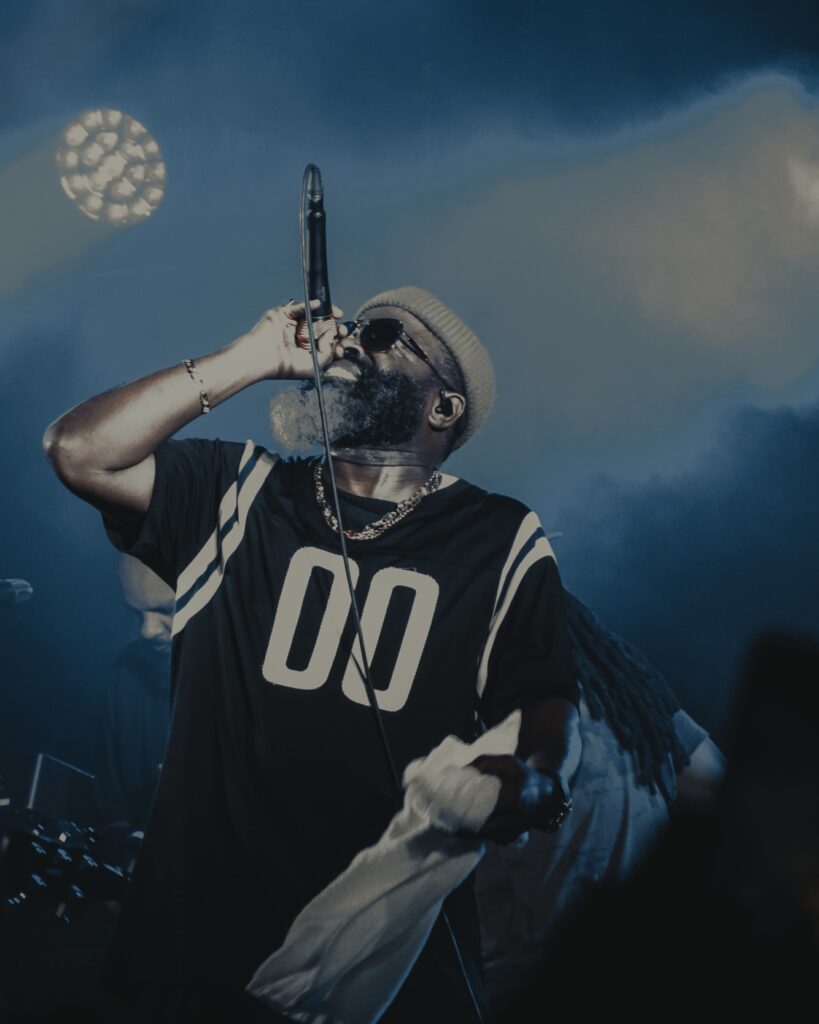
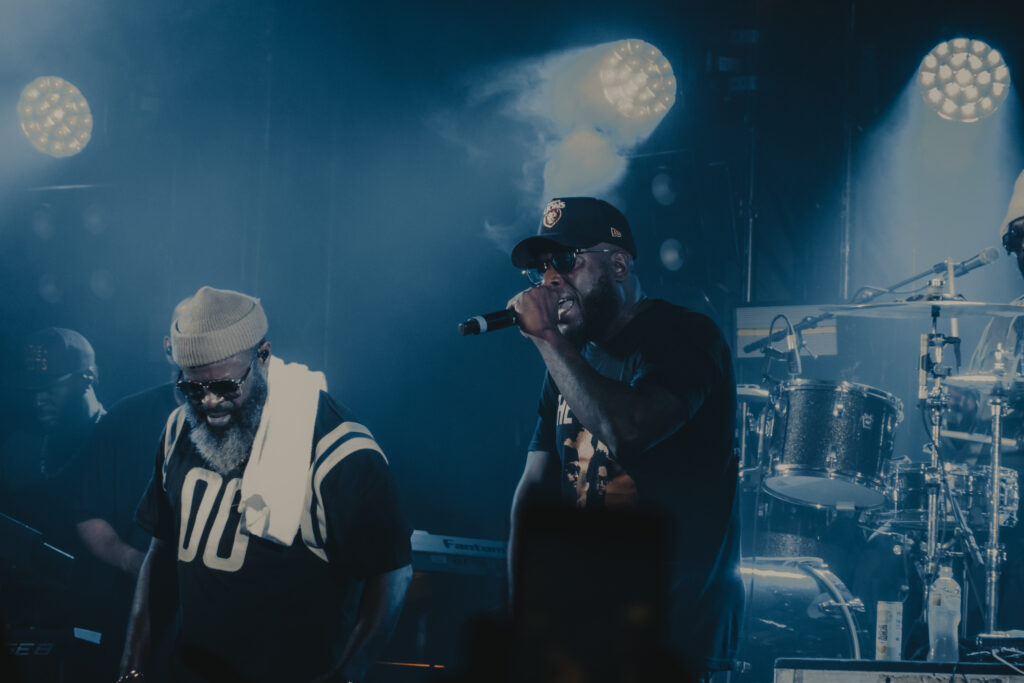

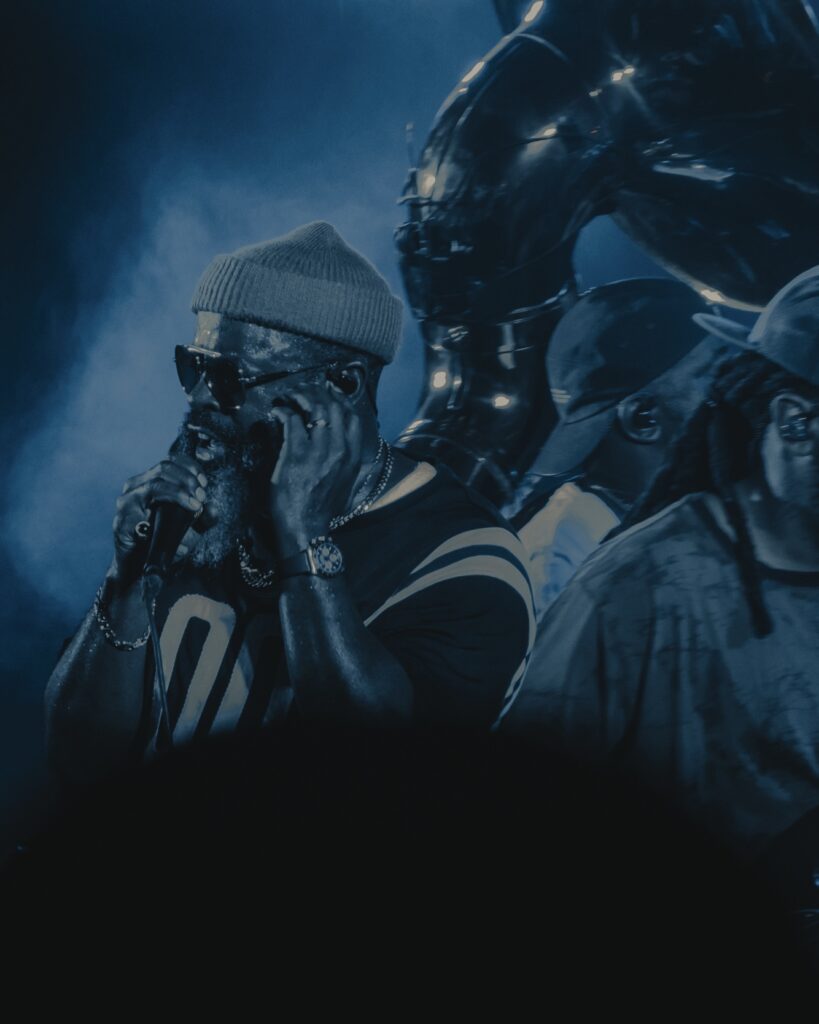
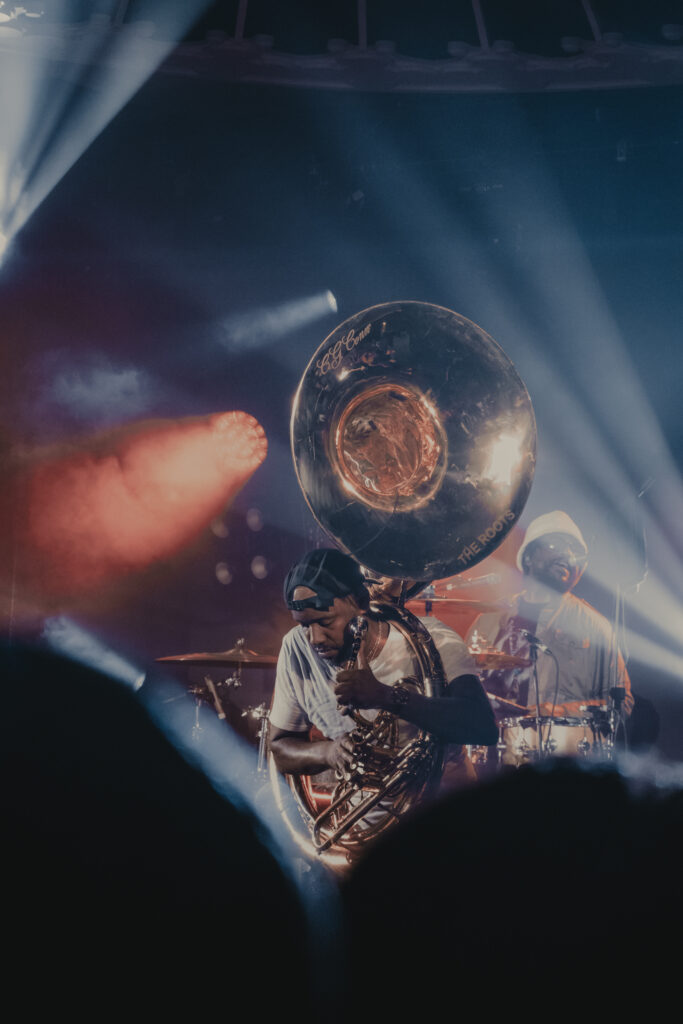
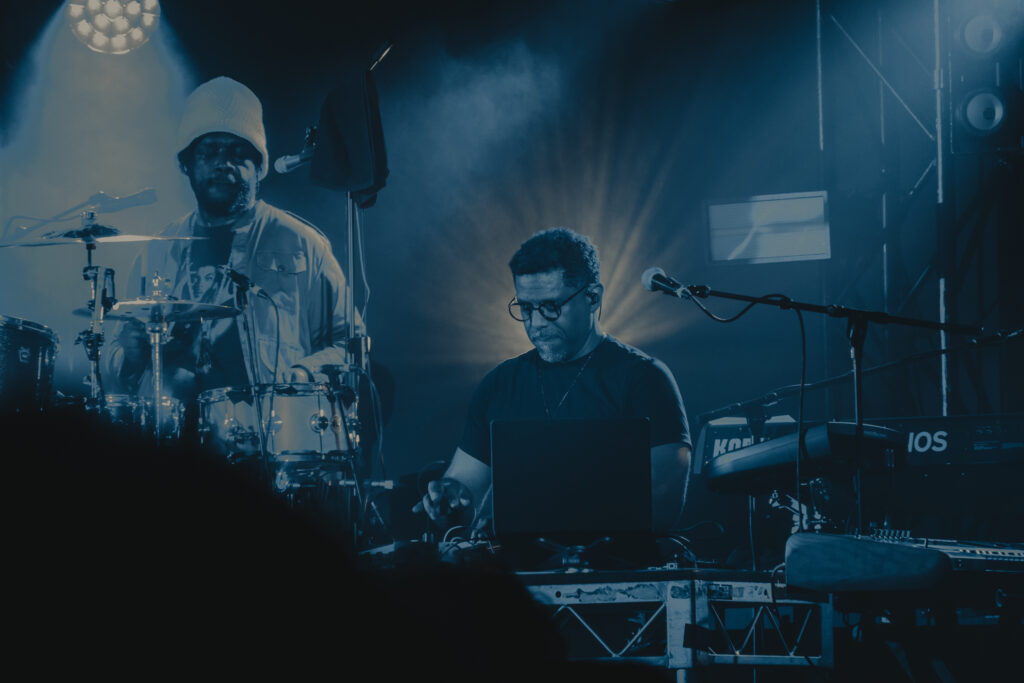
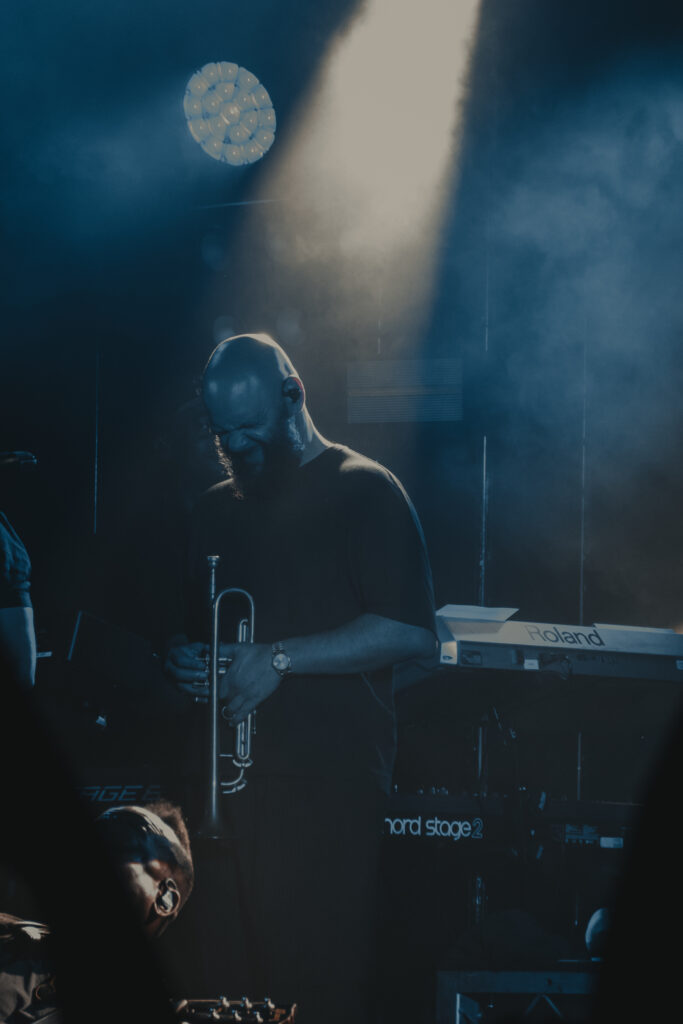
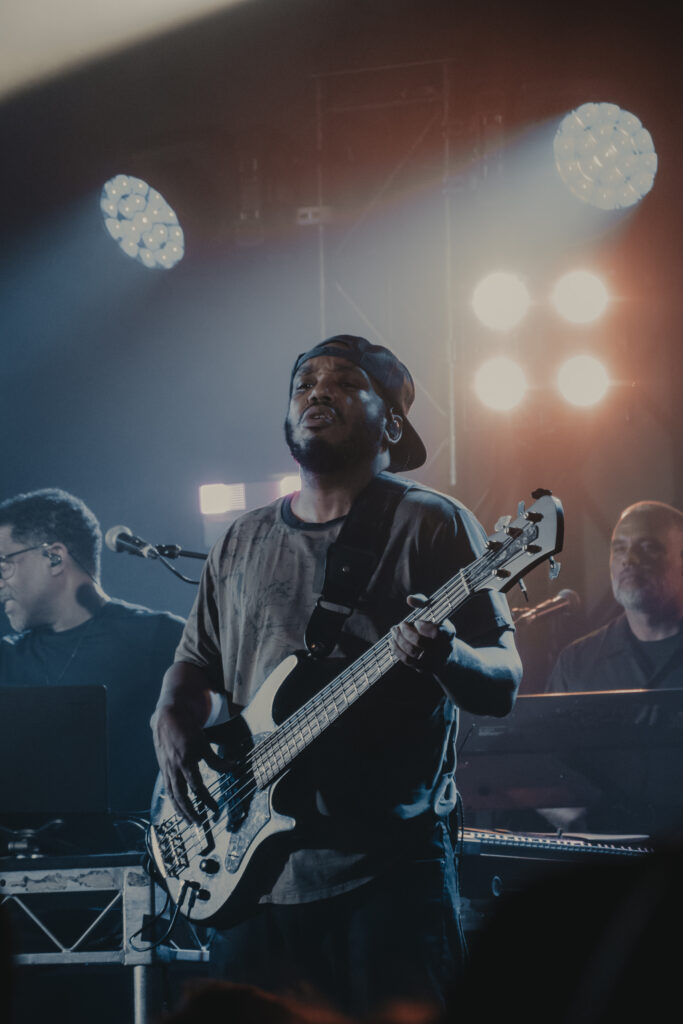
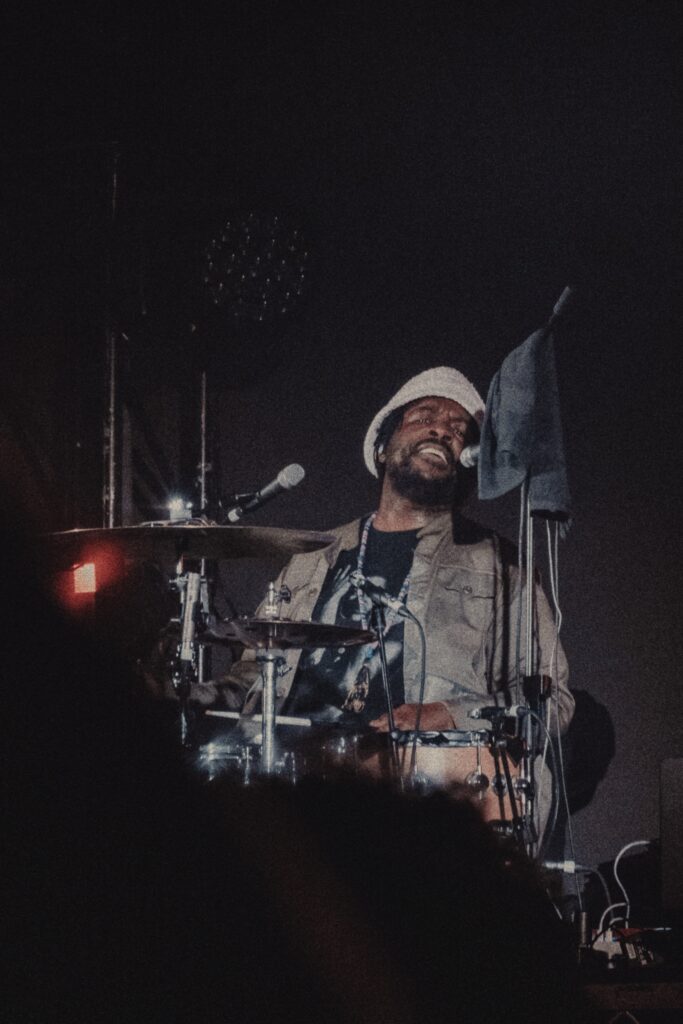

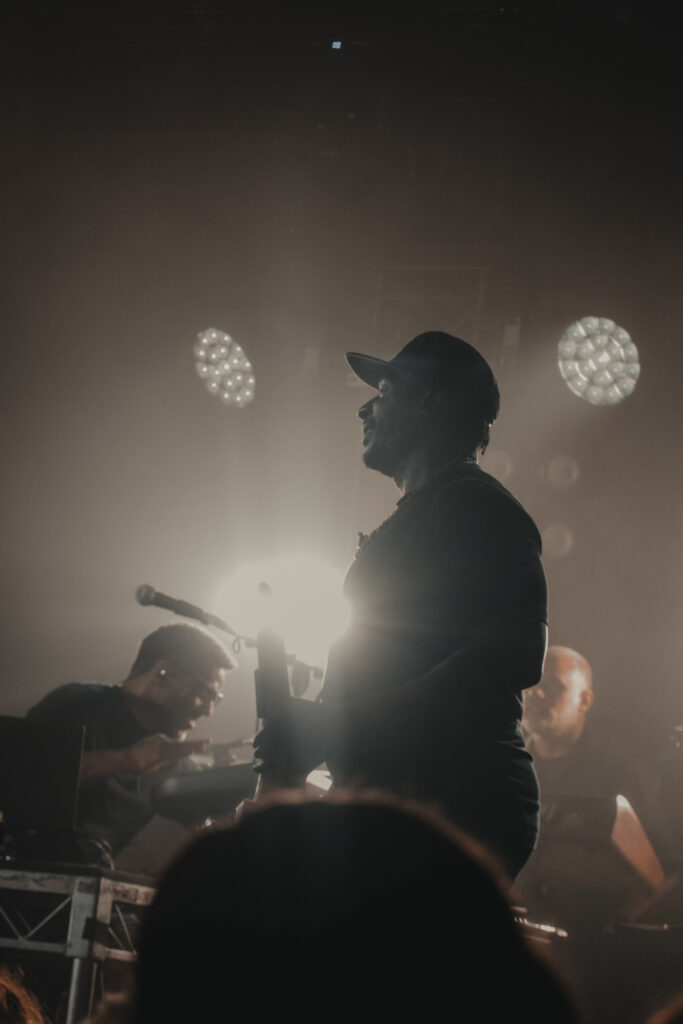
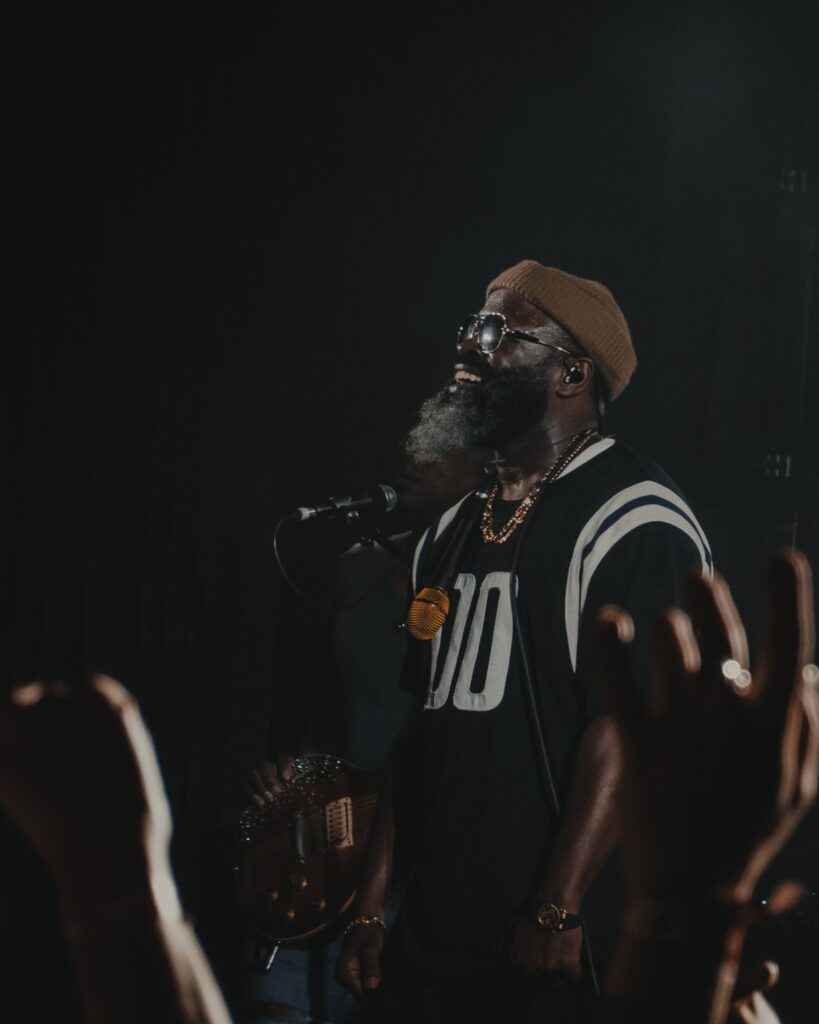
It’s compact, it looks harmless, and no one suspects it’s hiding a 200mm zoom. You just smile and say, “It’s my point-and-shoot,” and you’re through the gate.
So I took it to see the legendary Roots crew in Brisbane, Australia.
At the show, I captured Talib Kweli first. If you’re unfamiliar, he’s one half of the duo Black Star (the other being Mos Def). The lighting wasn’t great, so I was shooting at f/2.8, 1/100s, and ISO 4000. Still, with a bit of noise reduction and shadow recovery, I was able to pull out some usable shots. Phones in the crowd gave it that modern-day ‘lighter-in-the-air’ vibe, and the stage lights created some cool film-like artifacts.
When The Roots came on, things improved. Black Thought, Questlove, Captain Kirk, and the rest of the crew brought better lighting and more vibrant performances. I still had to battle high ISO and aggressive LED lighting, especially the harsh reds and purples. But with some careful grading and desaturation, I recovered enough color to make the images feel alive. Shots of Questlove on drums, Captain Kirk’s personality-filled guitar licks, and the angelic glow on Stro Elliot all came out better than expected.
One of my favorite techniques was tilting the camera to maximize stage depth or using contrast from smoke machines and light beams to give the images mood. Even though the RX100’s tiny one-inch sensor isn’t made for pro concert work, the results held up for social sharing and personal memories.
Of course, not everything was perfect. Some shots were noisy, some motion blurred, and the dynamic range was limiting. But the ability to blend into the crowd and still get real, compelling photos made all the compromises worth it.
This concert shoot reaffirmed why I never leave home without the RX100 VII. It’s not the best low-light camera, and it’s not a pro tool for critical jobs. But for those situations where you can’t bring a big camera, and you still want reach, control, and decent quality, nothing else fits the role as well.
Would I sell these photos or use them in a paid gig? No. But are they good enough for Instagram, portfolio scraps, or personal archives? Absolutely.
This little guy is sticking around unless Sony drops an RX100 VIII that somehow improves on this sweet spot. In a future video, I might compare its output to a flagship phone – because that’s the real battle for social media shooters.
Anyway, that’s it for now. Agree? Disagree? Let me know. See you in the next one.


